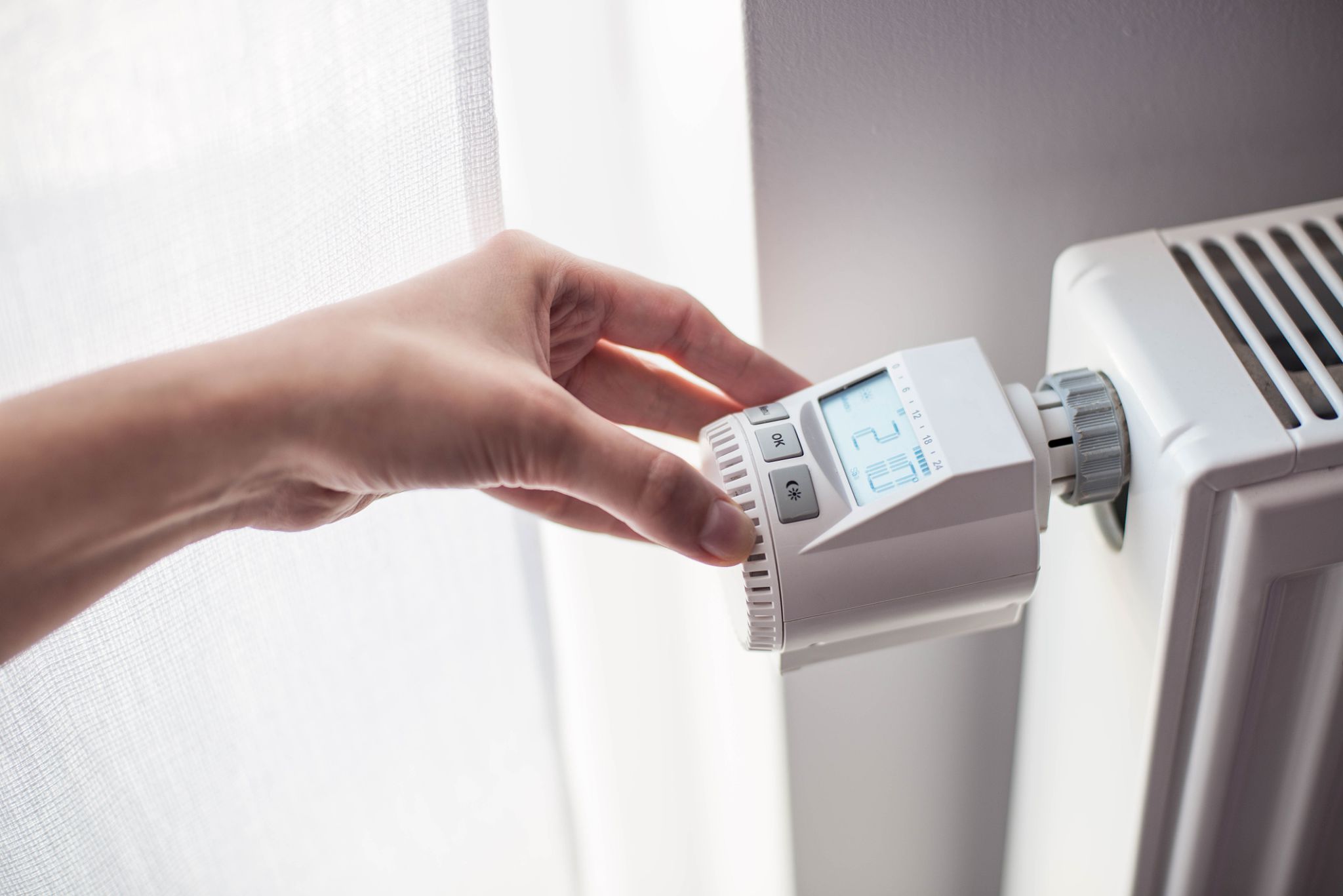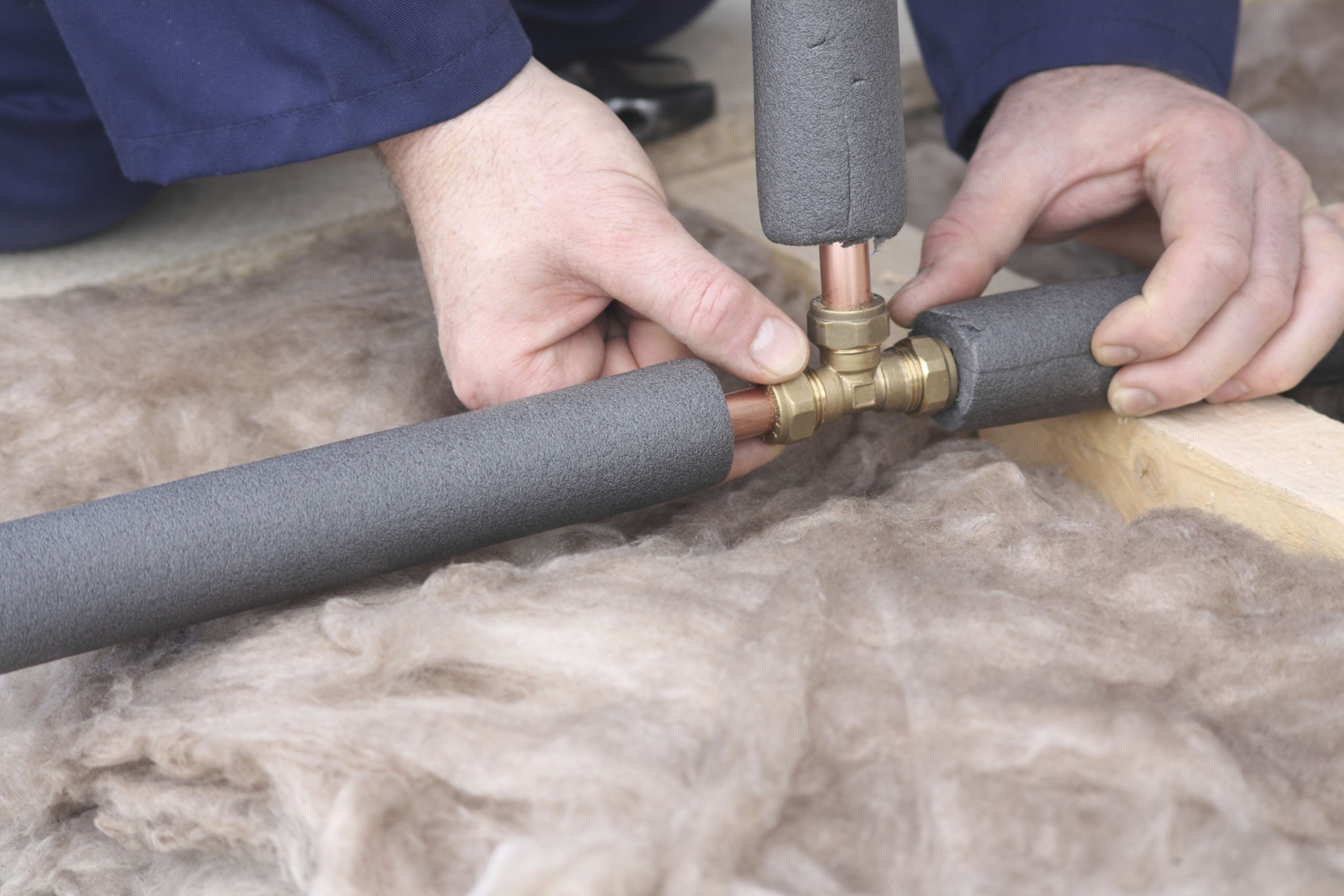How to Maintain Your Hot Water System During the South Australian Winter
Understanding Your Hot Water System
Maintaining your hot water system during the South Australian winter is crucial to ensure consistent performance and longevity. Understanding the components of your system can help you identify potential issues before they become costly repairs. Most systems include a water heater, thermostat, and various valves, each playing a vital role in providing hot water on demand.

Regular Inspection and Maintenance
One of the most effective ways to maintain your hot water system is through regular inspection and maintenance. This involves checking for any signs of wear and tear, such as leaks or rust, which could indicate a problem. Make sure to inspect the temperature and pressure relief valve, as it is a critical safety feature that prevents excessive pressure buildup.
It's advisable to schedule a professional inspection at least once a year to ensure all components are functioning correctly. A certified technician can provide a comprehensive assessment and address any concerns you might have.
Adjusting the Thermostat
During the colder months, you might be tempted to increase the thermostat setting on your hot water system. However, it's essential to keep it at an optimal temperature, usually around 60 degrees Celsius. This prevents scalding and improves energy efficiency, saving you money on utility bills while ensuring safety.

Flushing the System
Flushing your hot water system is an essential maintenance task that helps remove sediment buildup. Sediment can accumulate over time, reducing efficiency and potentially damaging the tank. To flush your system, turn off the power supply and allow it to cool down. Then, attach a hose to the drain valve and direct the water into a suitable drainage area.
Letting the water flow until it runs clear typically indicates successful sediment removal. Remember to close the valve securely before restoring power to the system.
Insulating Pipes and Tanks
Insulating your water pipes and tanks can significantly improve your hot water system's efficiency during winter. By reducing heat loss, insulation ensures that your system works less to maintain hot water temperatures, which can lead to substantial energy savings.

Use high-quality insulation materials specifically designed for plumbing systems. Proper insulation will not only keep your water hot but also protect pipes from freezing during particularly cold spells.
Monitor for Leaks
A small leak can lead to significant problems if left unattended. Check around your hot water system for any signs of leaks, such as dampness or puddles. Early detection can prevent expensive repairs and conserve water.
If you notice any leaks, it is crucial to contact a professional plumber to assess and fix the issue promptly.
Energy Efficiency Tips
Beyond regular maintenance, adopting energy-efficient practices can further enhance your hot water system's performance during winter. Consider installing low-flow fixtures that reduce water consumption while maintaining adequate water pressure.

Additionally, you might explore upgrading to a more energy-efficient model if your current system is outdated. Modern systems are designed with advanced technology that maximizes efficiency and minimizes environmental impact.
Conclusion
Maintaining your hot water system during the South Australian winter doesn't have to be daunting. By following these practical tips and conducting regular maintenance checks, you can ensure your system remains in optimal condition throughout the season. Whether it's through professional inspections or simple DIY tasks, these measures will help provide consistent hot water while saving on energy costs.
